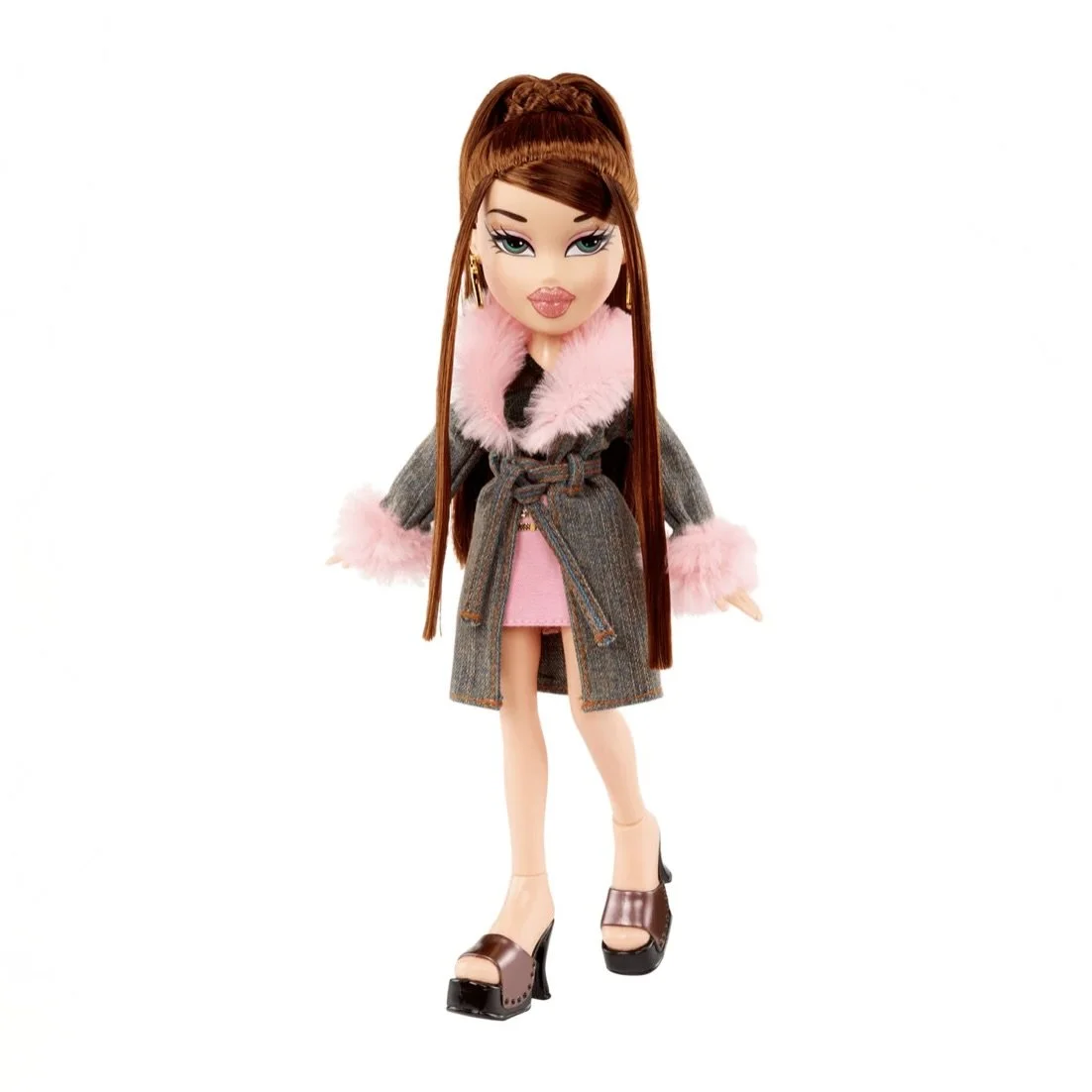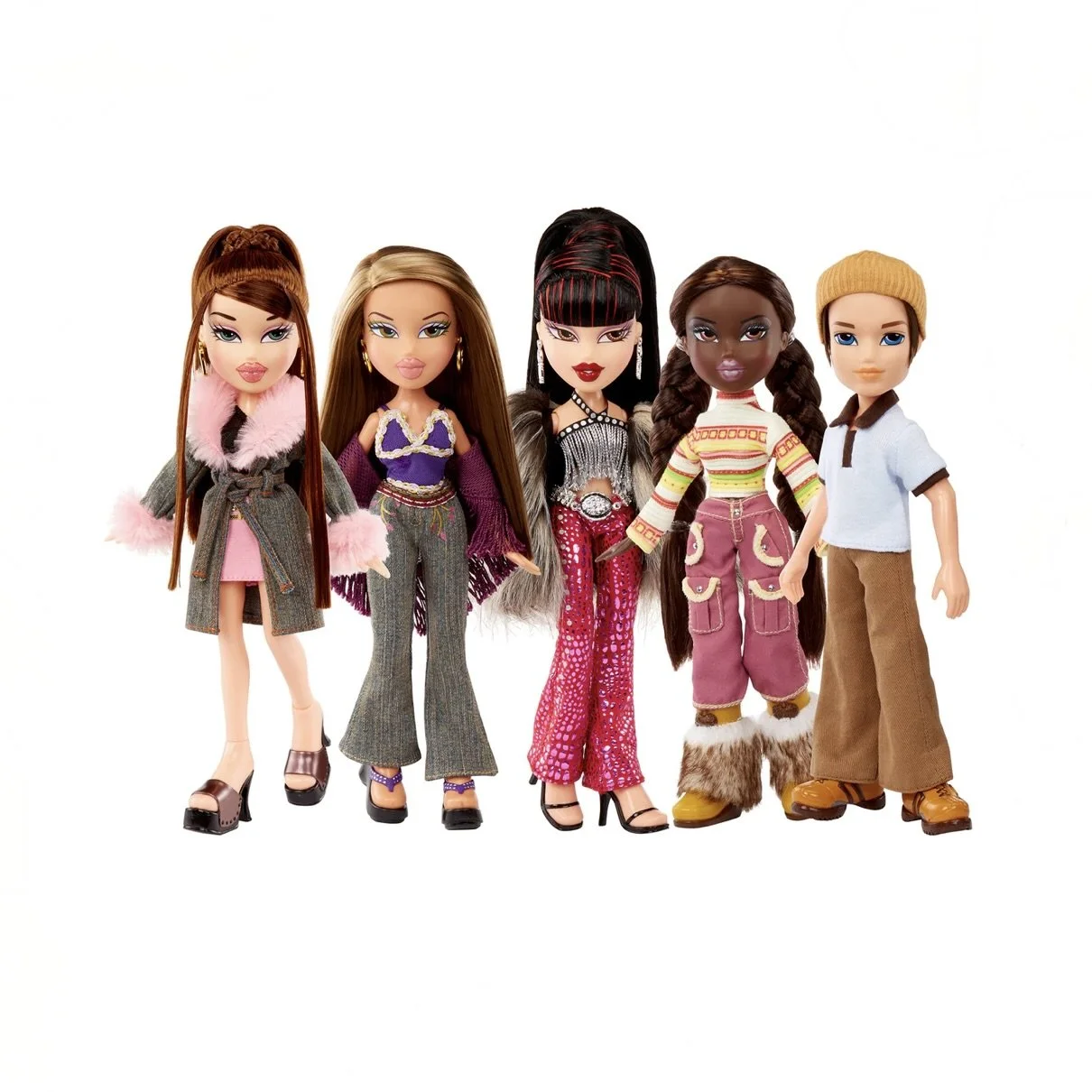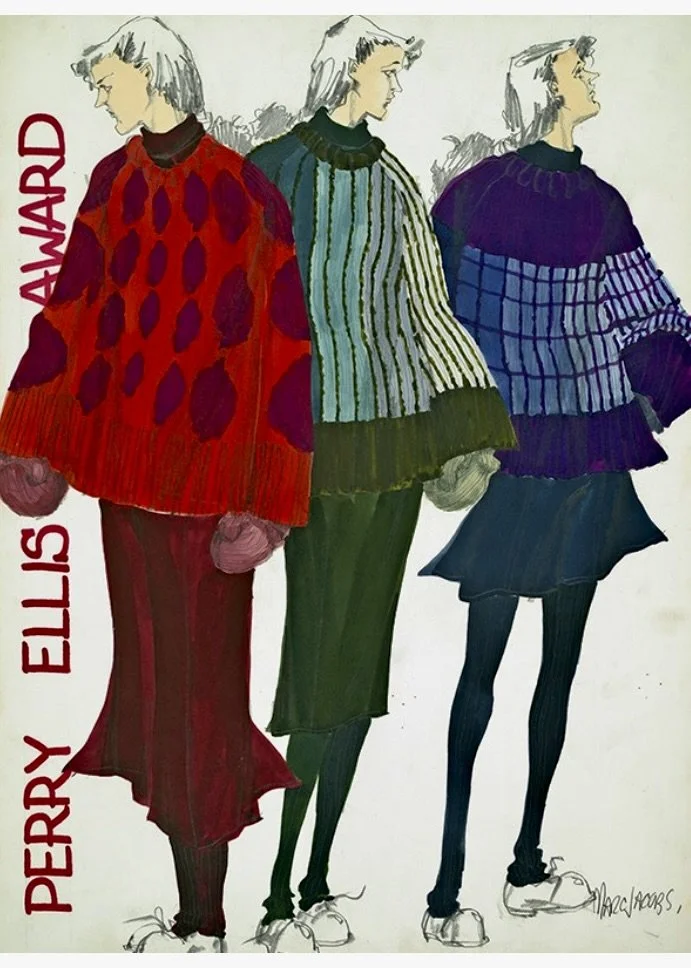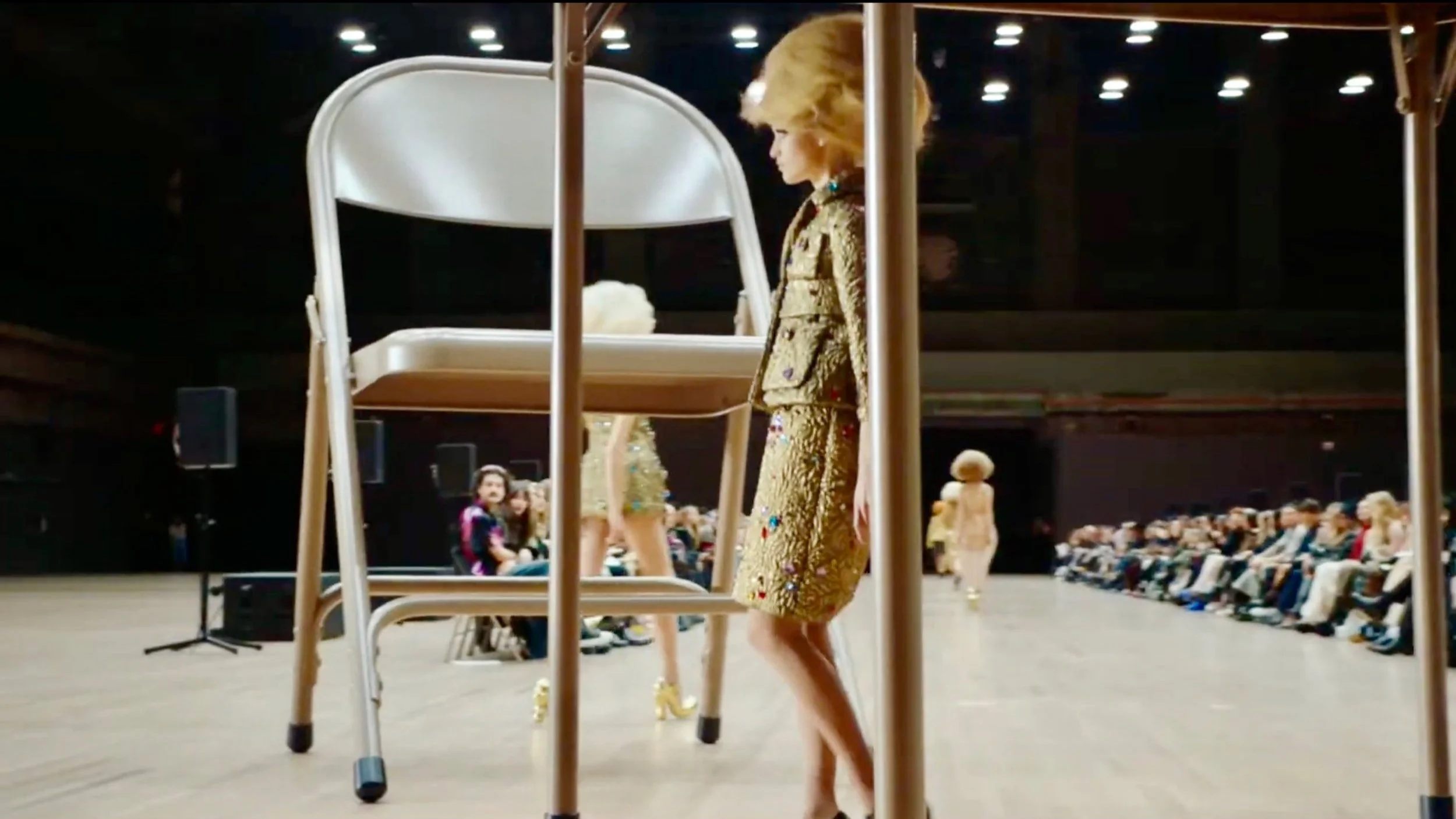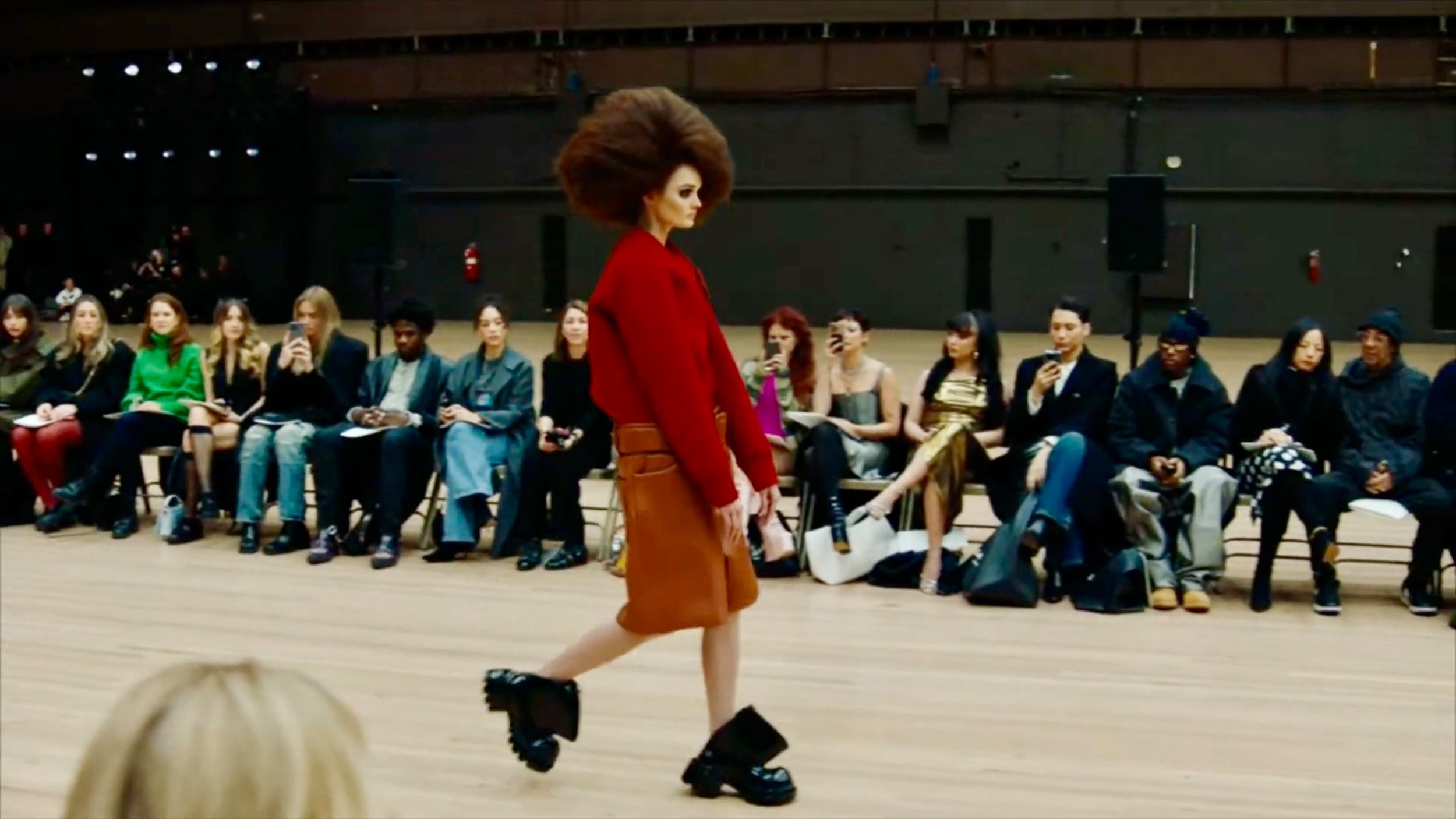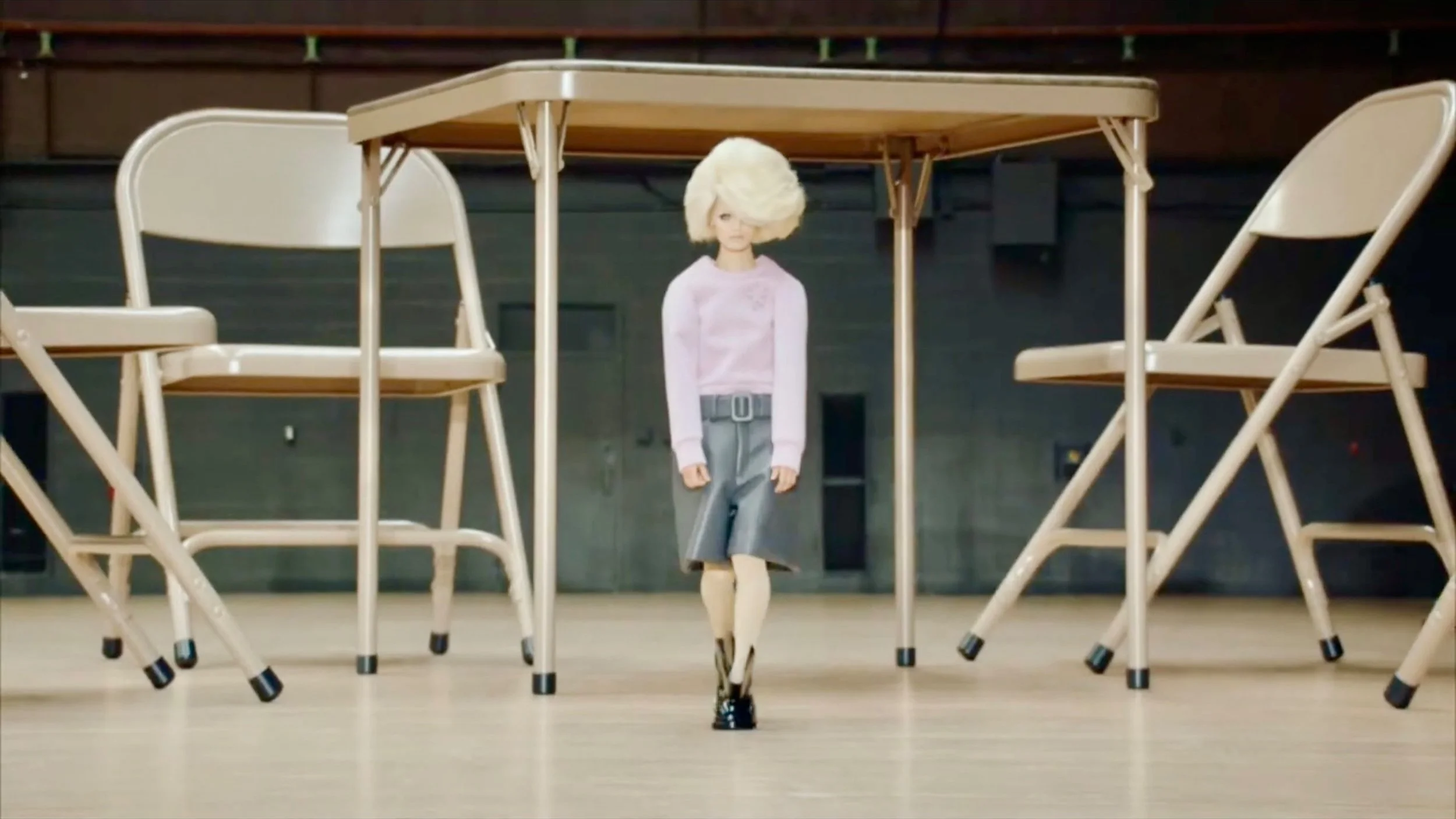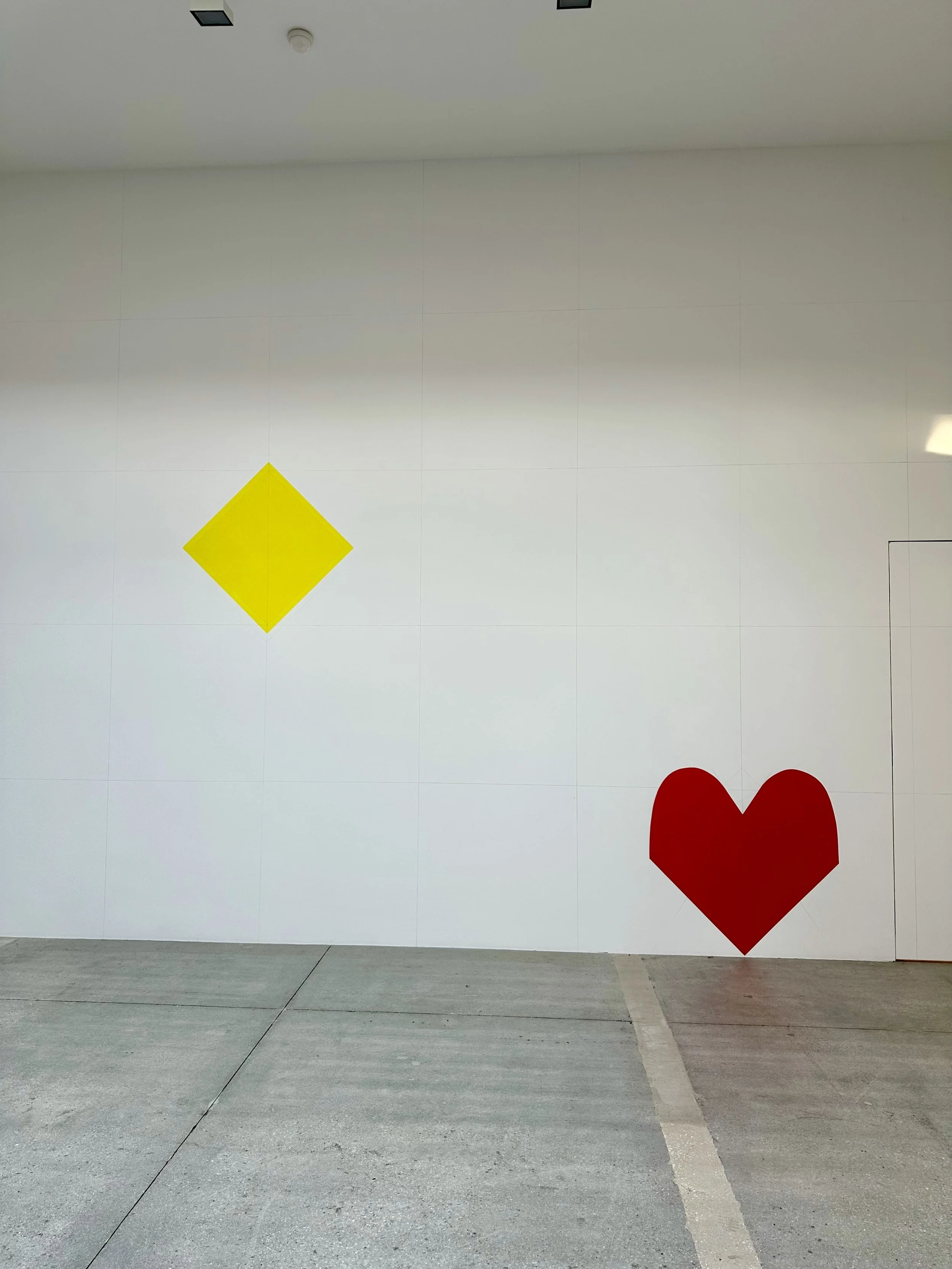Marc Jacobs at 40: Scaling Down
Give us a giant table and we’ll set up a hiding place with glamorous doll clothes, too.
“I hate the word mature.”
A touch of macropsia, a bit of mod, a stack of trompe-l’oeil.
Marc Jacobs dropped Bratz dolls in wonderland for his 40th anniversary show ahead of NYFW. The core of Jacobs’s ingenuity remains secure in concepts of youth, beauty and naivety.
Jacobs retained his empirically fanciful trademark and wove his exaggeration the other way this time. Instead of giant, he offered smallness. From his happy-faced voluminous grandma sweaters in 1984 to his jumbo fanny packs in 2018, Jacobs likes to play with visual perception.
The Park Avenue Armory housed Robert Therrien’s Untitled (Folding Table and Chairs, 2008) that, at over 8 feet tall, dwarfed 6-foot models. Maybe 7-foot with maximum The Birds (1963) bouffant hairdos.
Robert Therrien’s Untitled (2008) provides form and function. The table and chairs fold like regular sized furniture and have accurate dimensions. See the extraordinary in the ordinary.
Philip Glass’s Metamorphosis led them under the table and elicited Alice in Wonderland Syndrome (AIWS) for all. A play on perspective and proportions, on anxiety and “wonder”.
Wonder of the familiar and expected. Nothing is new here- the jackets, sweaters, dresses are well-recognized nods to the past. But, the presentation distorted the perception to induce awe and newness.
We love packaging.
“We abstract and exaggerate in our desire to express something naïve and elegant.”
THE $CIENCE
Brainwaves decelerate as unremarkable items appear larger and we appear smaller. Somnolence sets in, time slows down and nostalgia ensues.
In Alice’s wonderland, mortality is size-dependent. Usually, the smaller entities get eaten. In real life, survival weighs on perceptiveness. Ordinary behavior such as perception of the kitchen table is necessary for living.
Therrien’s oversized table and chairs sculpture realized the larger-than-life reality of Marc Jacobs. No illusions here.
Optical information derives from linear perception. The ratios were effectual. Little models, big hair, giant furniture. The colors splendidly blooming. Bold red with buttery caramel, lilac knits and the loveliest gold flicker.
“I love a blouse that’s dumb.”
A remarkable career like that of Jacobs can induce feelings of smallness. He’ll be 70 when the 50th anniversary looms. With changing tech and consumerism, how much longer can this go on?
Kids apparently do not fear the illusion of exaggerated objects. Those who experienced AIWS for days or weeks showed slow alpha and theta waves, but nothing extraordinary. Creativity and memory functions were active, which proposes some rationale for macropsia. Cerebral areas that process visual sensory information from the environment were either overly or inordinately active. During AIWS, the brain could not determine the child’s place in the world while exaggerating the input it received.
Distortions in the visual perception of objects are presumed to be connected to migraines and genetics. With fewer than 200 cases reported since its clinical recognition in 1955, deciphering the AIWS phenomenon is challenging.
Less challenging is the basis of ordinary people becoming extraordinary.
Chunky knit sweater providing safety from scary-boring adult world.
BOTTOM LINE
Psychedelics like LSD create macropsia, too. But, this show was reality. The reality and anxiety of longevity. An obligatory interpretation of perceived smallness. It would have fallen flat without the Therrien set. Together they brought wonder to a cold February evening, unlocking the memory bank of playing (or hiding) under the kitchen table.
Grown-up life can be quite scary-boring. The secret to surviving is retaining proportionality. A wearable and hence a bankable ratio.
A typical NY/NJ kid with crazy mom and eccentric grandmom. Striking and charming with fun stories to tell about highly priced normality. It’s a story as wonderful as Alice in wonderland.
Almost.
The models emerged from under the table with the illusion of being transformed to an enormous size. No longer dwarfed dolls, they grew among the spectator-lined runway. Wonder if they had cake.



